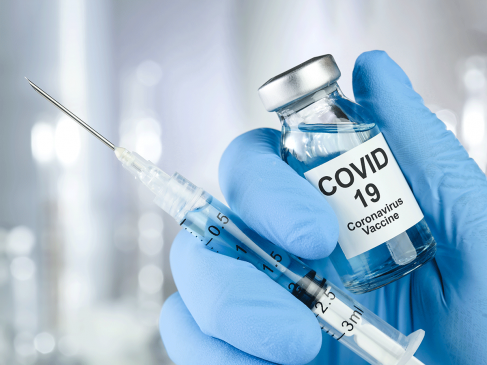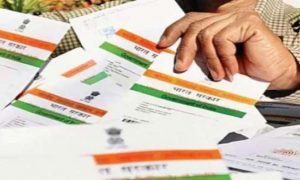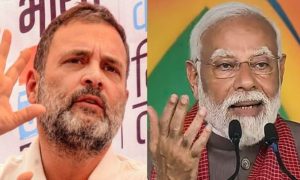Serum Institute of India (SII) Chairman Cyrus Poonawalla said a third or booster dose of Covishield is needed six months after the second dose of the vaccine.
On August 13, Ponawalla said he and several SII employees have taken a third dose of Covishield, AstraZeneca’s vaccine against COVID-19, according to a PTI report.
“After six months, the antibodies go down and that is why I have taken the third dose. We have given the third dose to our seven to eight thousand SII employees. For those who have completed the second dose, it is my request to take a booster dose (third dose) after six months,” Poonawalla said, as quoted by the news agency.
The SII Chairman said the ideal gap between two doses of Covishield is two months, as against the 12-16 week gap mandated by the government.
He also said he was not in favour of mixing two difference vaccines. “I am against the mixing of two different vaccines. There is no need to mix two different vaccines,” he said. However, he later said such mixing can be resorted to if a particular vaccine is not available at the time of second dose.
He had also criticised the government’s ban on export of COVID-19 vaccines, calling it a “very bad move”.
“My son (Adar Ponawalla) asked me not to open my mouth (on the issue). But it is my view that exports ought to be opened,” he said.
COVID-19 Vaccine Frequently Asked Questions
How does a vaccine work?
A vaccine works by mimicking a natural infection. A vaccine not only induces immune response to protect people from any future COVID-19 infection, but also helps quickly build herd immunity to put an end to the pandemic. Herd immunity occurs when a sufficient percentage of a population becomes immune to a disease, making the spread of disease from person to person unlikely. The good news is that SARS-CoV-2 virus has been fairly stable, which increases the viability of a vaccine.
How many types of vaccines are there?
There are broadly four types of vaccine — one, a vaccine based on the whole virus (this could be either inactivated, or an attenuated [weakened] virus vaccine); two, a non-replicating viral vector vaccine that uses a benign virus as vector that carries the antigen of SARS-CoV; three, nucleic-acid vaccines that have genetic material like DNA and RNA of antigens like spike protein given to a person, helping human cells decode genetic material and produce the vaccine; and four, protein subunit vaccine wherein the recombinant proteins of SARS-COV-2 along with an adjuvant (booster) is given as a vaccine.
What does it take to develop a vaccine of this kind?
Vaccine development is a long, complex process. Unlike drugs that are given to people with a diseased, vaccines are given to healthy people and also vulnerable sections such as children, pregnant women and the elderly. So rigorous tests are compulsory. History says that the fastest time it took to develop a vaccine is five years, but it usually takes double or sometimes triple that time.

































